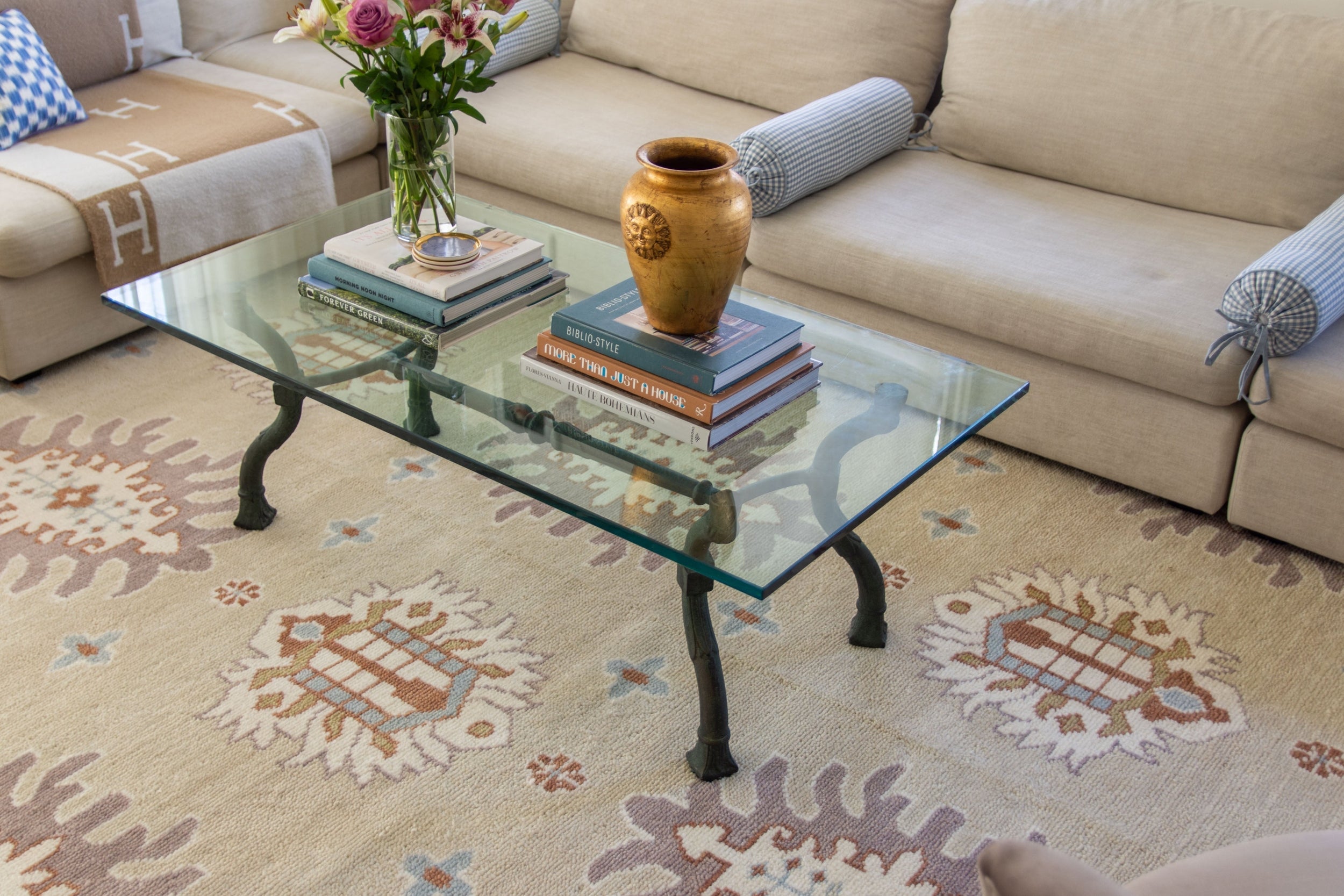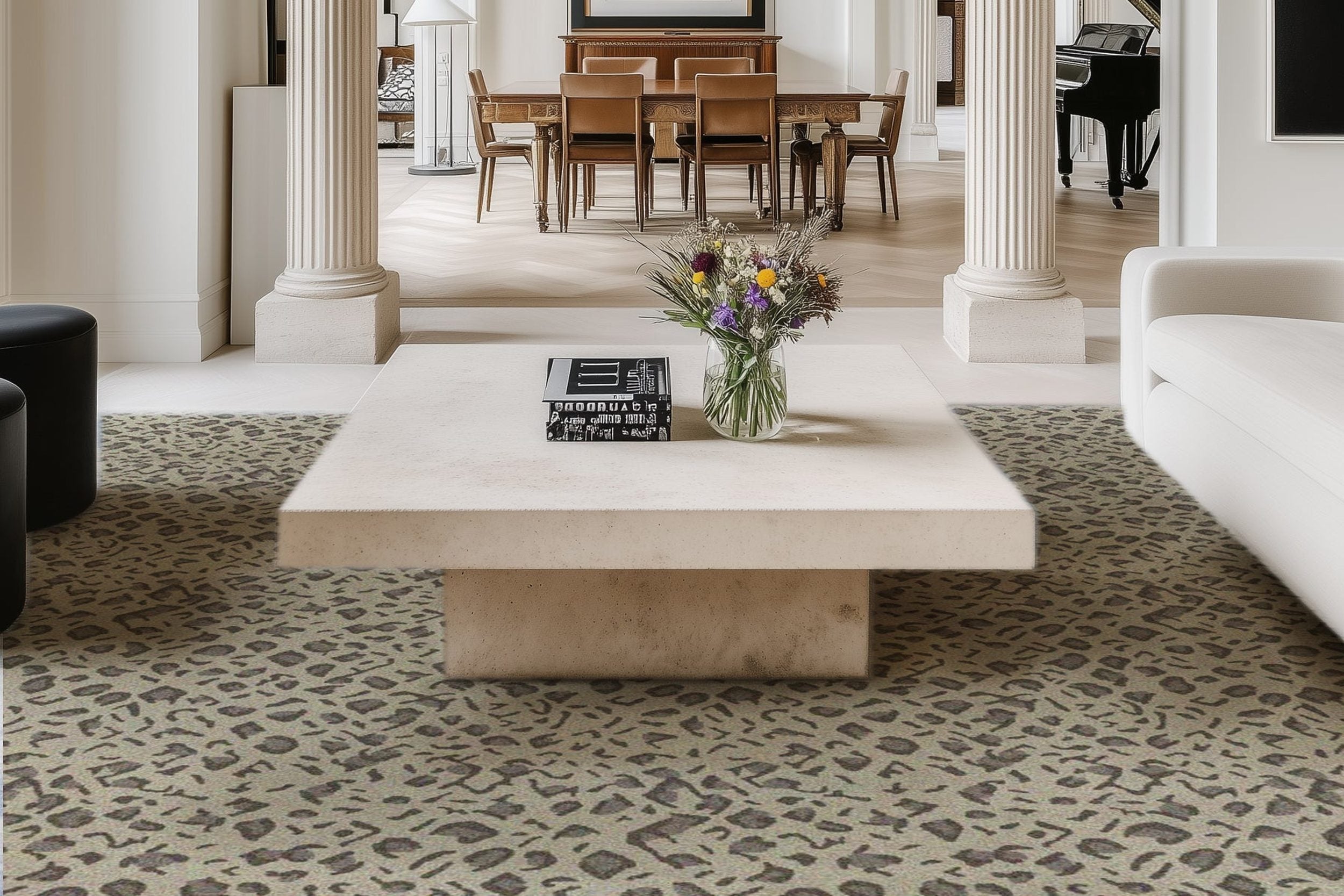How Poor Awning Choices Quietly Devalue Elegant Home Designs
 There is something special about a home that looks elegant from the outside. It reflects care, good taste, and an eye for detail. Yet, small choices can quietly chip away at that beauty.
There is something special about a home that looks elegant from the outside. It reflects care, good taste, and an eye for detail. Yet, small choices can quietly chip away at that beauty.
While many people focus on windows, doors, or paint color, they often overlook awnings. These structures provide both shade and style, but when chosen poorly, they can do more harm than good. A mismatched or low-quality awning can draw attention in the wrong direction.
Some homeowners do not realize how much awnings can affect a home until it is too late. A wrong size, an odd shape, or a poor fit can make a beautiful home appear unbalanced. Understanding these risks can help homeowners maintain their properties’ sharp and well-designed appearance.
Bad Placement Disrupts Balance
Not all awnings are installed with care, and that is where problems begin. When an awning is too wide, it can hide features that should remain visible, such as trim work or tall windows. If it is too narrow, it may seem like an afterthought rather than a planned feature.
For example, in the United States, many homes lose curb appeal when awnings cover porch columns or key design lines. In the United Kingdom, placement errors often affect rows of terrace homes, where symmetry is essential. In Australia, where awnings are used for sun control, improper placement can result in uneven shading and diminish a home’s appearance.
Take the Newcastle automatic awning, for example. If measured correctly and installed in the right location, it offers excellent functionality while keeping the house looking tidy. However, when installed carelessly, even a well-made automatic awning can block natural light or protrude oddly, making the front of the home feel off.
Poor placement does not announce itself. It subtly changes how a home looks and feels, especially when viewed from the street. Once noticed, it is difficult to ignore.
Style That Clashes with the Home
Not every awning suits every home, and the wrong match can stand out quickly. A fancy, curved design on a modern home can look confusing, just as a sleek, flat awning on a cottage-style house may feel out of place.
These mismatches send a mixed message. Even if the house is neat and well-kept, the awning may give the impression that the style was guessed rather than carefully planned. Such clashes quietly reduce the home’s overall appeal.
Matching style involves keeping things simple and consistent. Homeowners should select an awning that complements the roofline, window shape, and existing materials. When elements align visually, the entire home feels more balanced.
Low-Quality Materials Create a Worn Look
Cheap materials deteriorate quickly, and it shows. A faded fabric, rusty frame, or drooping edge can make a home appear older than it is. Even a spotless house looks less appealing when paired with a worn-out awning.
UV damage is a common problem. Low-quality fabrics fade rapidly in sunlight, turning bright colors into dull patches. Untreated metal parts can rust or warp, which is noticeable from the street.
Poor materials often require repairs or replacement sooner than expected. This adds long-term costs and extra work for homeowners. Investing in quality fabric and hardware upfront pays off by keeping the awning looking good longer and protecting the home’s charm.
Colours That Don’t Fit the Theme
An awning does not need to be bold to attract attention, particularly if the color choice is poor. A bright or clashing color draws focus away from the rest of the house. Even slightly off tones can alter how people perceive the design.
Some homeowners select trendy colors that do not match their roof or wall paint. Others copy what they have seen on another house without checking how it fits their own property. While it may look acceptable up close, from the street, it interrupts the visual flow.
Safe color choices usually work best. Neutrals such as beige, gray, or forest green tend to blend in. The color should support the house rather than compete with it. Matching or complementary tones create a clean and finished appearance.
Neglected Maintenance Signals Neglect
A home can be beautiful, but a neglected awning draws attention for the wrong reasons. Dirty streaks, flapping edges, or faded spots signal that the property is not well-maintained. Even a single tear or a loose bolt can be noticeable and affect the overall appearance.
Homeowners may not notice gradual wear, but neighbors and visitors do. First impressions are formed in seconds, and a poorly maintained awning sets the wrong tone.
Regular upkeep goes a long way. Cleaning dust, checking for rust, and trimming loose threads keep everything looking fresh. It also demonstrates pride in the home and adds value without requiring major changes.
Wrap Up
Awnings rarely receive much attention, yet they play a crucial role in a home’s appearance. The wrong style, size, color, or placement can slowly erode a house’s charm.
These small details often make or break a first impression. Choosing the right awning and keeping it in good condition helps a home stand out for all the right reasons.
Browse by Category

Design Projects
Explore interiors from client work and personal renovations — layered, livable, and always in progress.
read more →
Collaborations
From product launches to styled spaces, discover the brand stories I’ve helped bring to life.
read more →
The Notebook
A growing archive of iconic designers, inspiring artists, and unforgettable design moments.
read more →
Travel by Design
Wander with a designer’s eye — from charming hotels and city guides to visual inspiration abroad.
read more →




